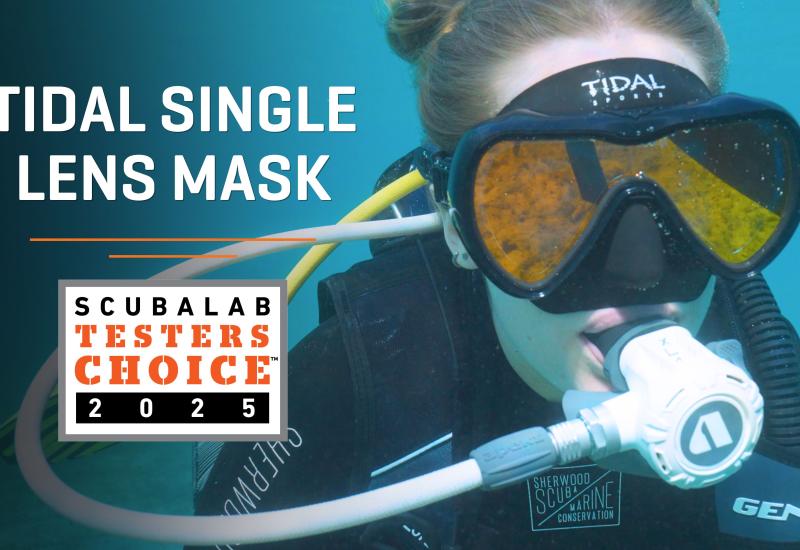The Best Way to Clean Your New Dive Mask
If you want to start an argument on a dive boat, just ask about the best way to clean a new mask to keep it from fogging—a subject for which there seem to be as many opinions as there are divers.
Still, no matter what method they advocate, they’re likely to agree that step one is thoroughly removing the layer of new-mask silicone from the lens before you get it in the water.

PADIScroll down to see the scores for all cleaning methods and mask types used.
With dozens of shiny, never-dived masks on hand for our recent mask test, we took the opportunity to try some of the commonly used first-cleaning tricks and compare the results. We cleaned each mask using one of four methods described below and asked test divers (who didn’t know which method was used on a mask) to score each mask’s relative anti-fog performance.
The methods we used were:
Low-abrasion toothpaste
Toothpastes are different— not just in flavor, but in how gritty they are. They’re rated by what’s known as a “relative dentin abrasivity,” or RDA. The first toothpaste we used has an RDA of 34, rated as low abrasion, which some divers say is less likely to scratch lenses.
High-abrasion toothpaste
Our second toothpaste has an RDA of 100—rated as the threshold of high abrasion— and a noticeably grittier feel to it. We applied both toothpastes the same way—using our fingers to rub it into the lens and the surrounding area of the mask skirt, rinsing and repeating until the lens was squeaky clean.
IST AF-4
Lens cleaner anti-fog designed for use on new masks, this is a thick liquid that we scrubbed on and rinsed, repeating until the glass was clean.
Butane lighter
We’ll point out two things here: First, always follow manufacturers’ instructions—some mask manufacturers specifically say not to do this—and second, we know many divers who do it and swear by the method. We used a long wand lighter, holding it a few inches away from the lens and moving it steadily back and forth until a light fog appeared on the lens and then turned to a dark soot, which we wiped away. (We didn’t use this method on masks with tints or special lens coatings.)
Results
Test divers rated each mask from 1 (poor) to 5 (excellent) for anti-fog performance in the water. The winner was, well, foggy. The high score was for masks cleaned with high-RDA toothpaste, at 3.6; the lowest score was for the lighter: 3.0. The low-RDA toothpaste scored 3.2; the lens cleaner scored 3.4. However, there was a greater difference between the scores of dual-lens (3.6) and single-lens masks (2.9), no matter the cleaning method, than there was between the cleaning methods themselves.
Also, the scores for all cleaning methods and mask types tended to improve the more a new mask was dived.
Mixed results make for an even livelier debate on the next dive boat.










